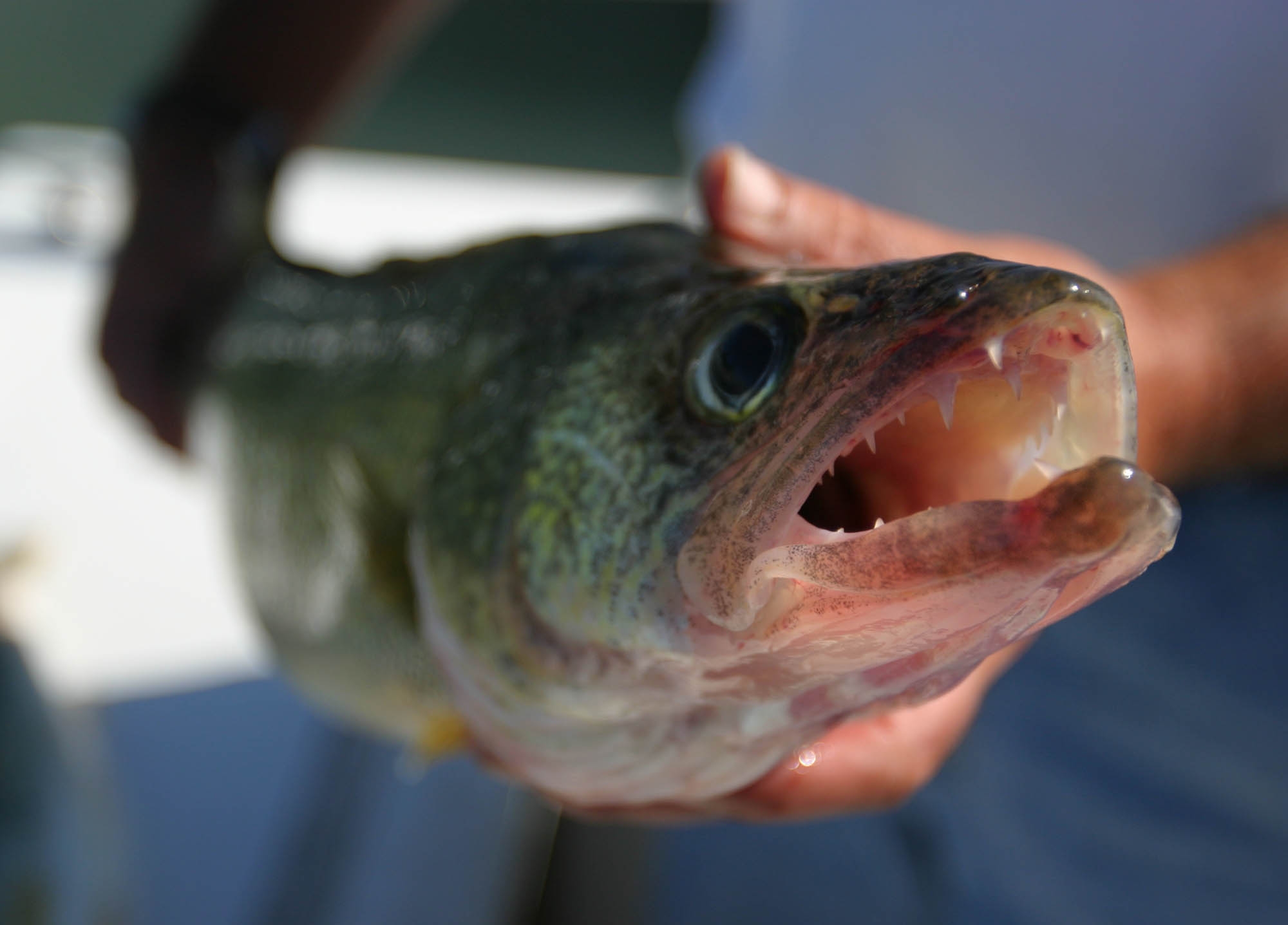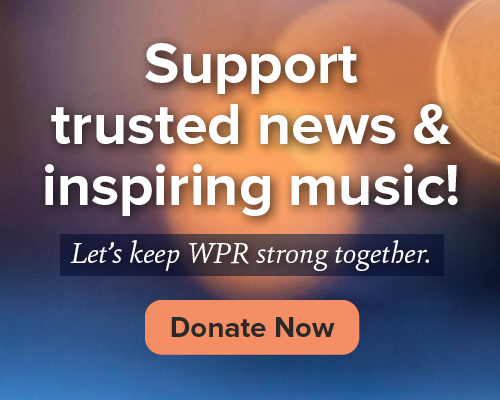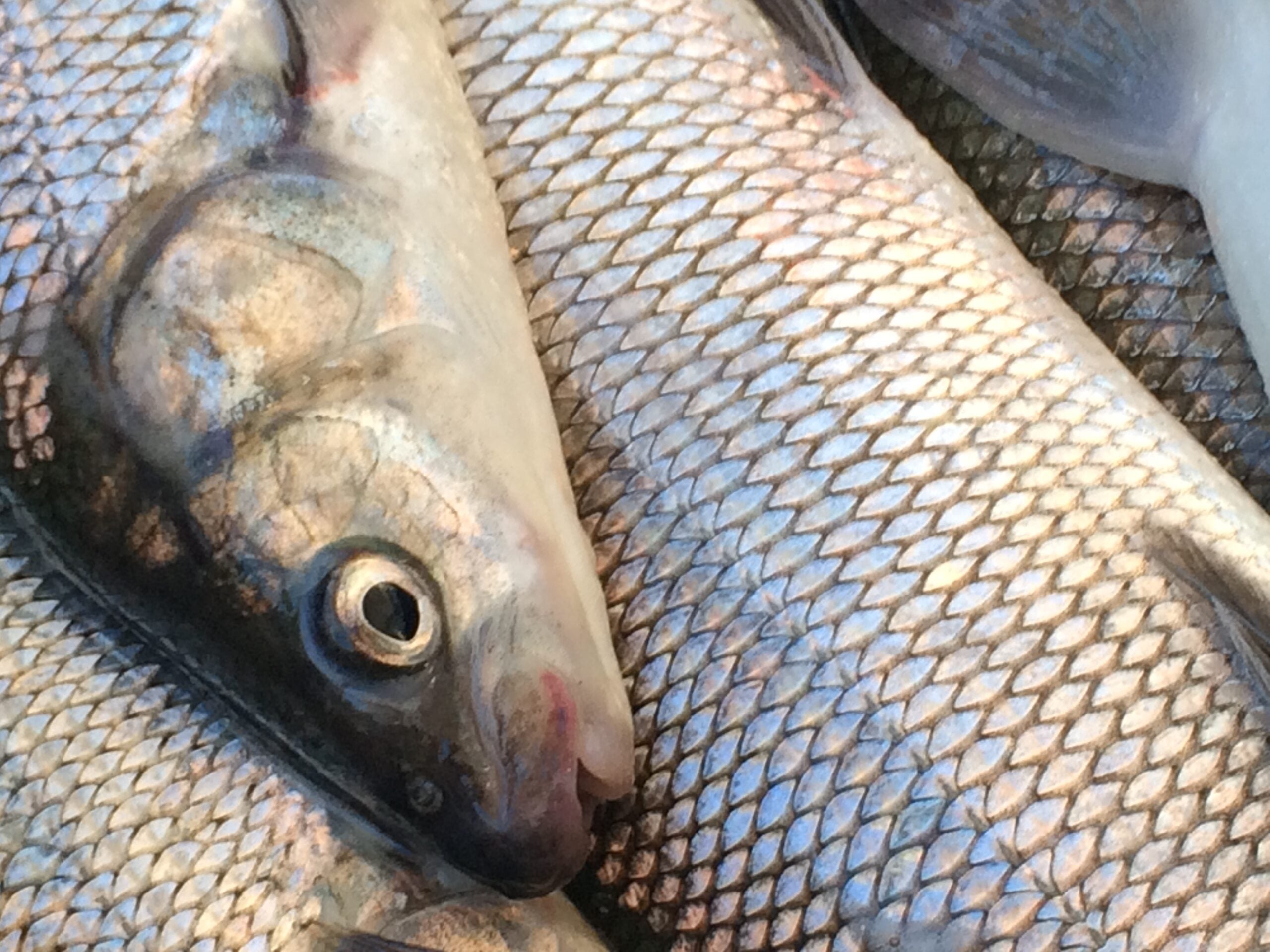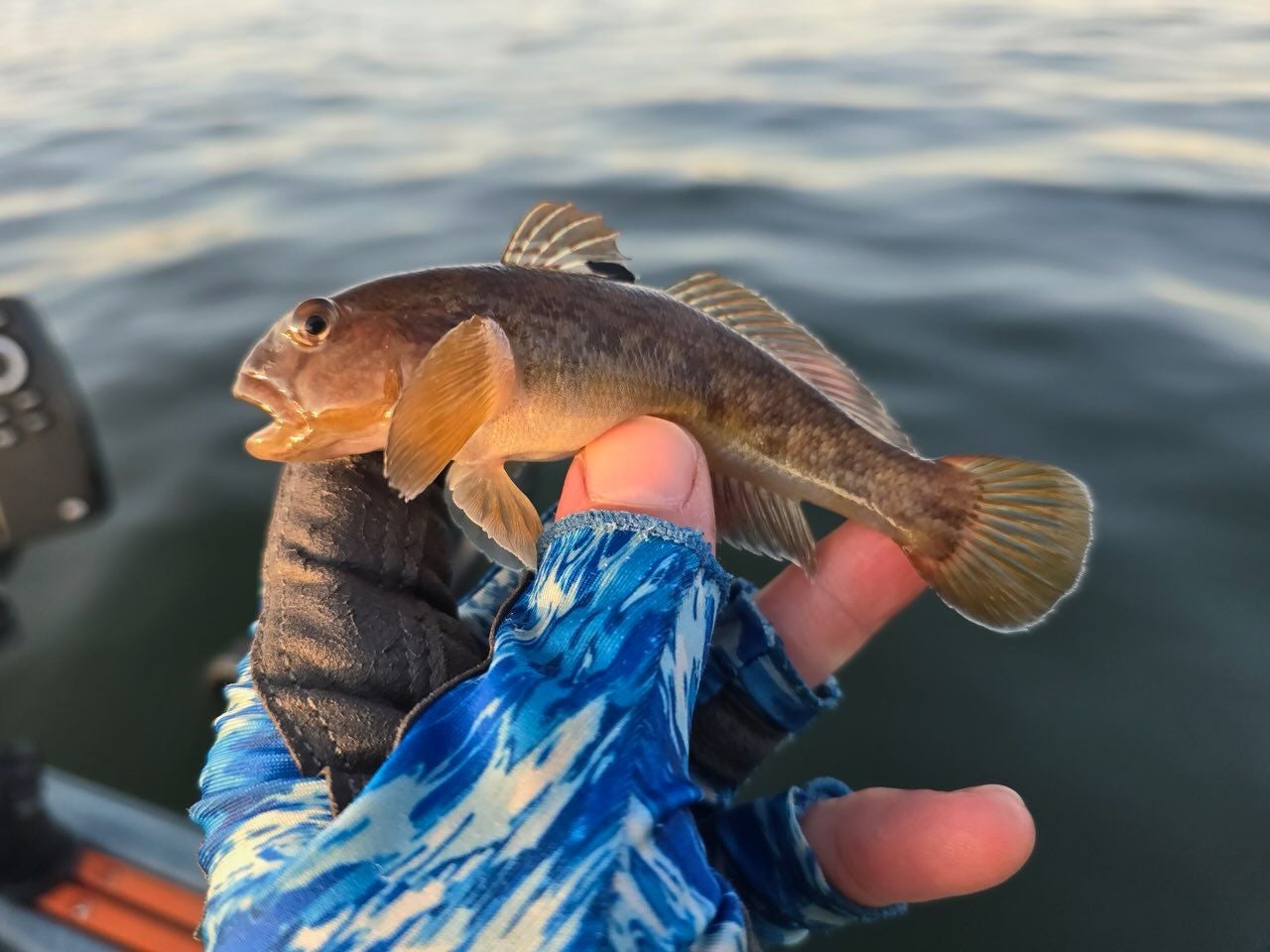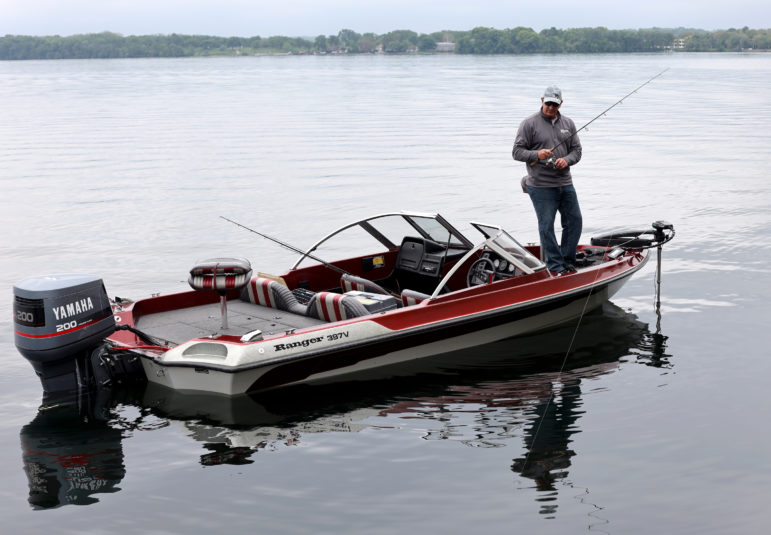Lucky anglers have the chance to catch $100 in the Green Bay tributaries.
For a second consecutive year, Walleyes for Tomorrow, along with the state Department of Natural Resources will reward fish enthusiasts if they catch a red-tagged walleye.
The Fond Du Lac organization has more than 2,000 members and has been supporting fish habitat and water quality projects since the 1980s. By using reward tags, it hopes to determine the exploitation rate of walleye in the region and use that information to help manage the fish population.
News with a little more humanity
WPR’s “Wisconsin Today” newsletter keeps you connected to the state you love without feeling overwhelmed. No paywall. No agenda. No corporate filter.
Reward tag study attracts anglers to research overfishing in Green Bay
This spring nearly 5,0000 walleye will wear a floy tag while swimming in the Fox, Oconto, Peshtigo and Menominee Rivers. The spaghetti-like tags inserted near the dorsal fin contain a numeric code and contact information for the DNR.
“No one really knows the exploitation [overfishing] rate in Green Bay,” said Mike Arrowood, Chairman of Walleyes for Tomorrow, in an interview with WPR’s “Wisconsin Today.”
Arrowood said this year, 400 walleyes have red reward tags.
“We found over the years that people are remiss when it comes to turning in tag numbers to the DNR,” he said. “We found that a $100 reward tag is a pretty good incentive.”
Anglers should know that if they catch a yellow- and red-tagged walleye, it’s essential to write down the date, location, serial number, species and whether it was released.
If kept, under DNR fish regulations, the tag should be removed and mailed to the state agency.
Conservation organization pushes to lower daily bag limits for walleye
Walleyes for Tomorrow started a similar reward tag program on Lake Winnebago in 2019 as a way to supplement annual DNR fish counts.
The tagging program found that juvenile female walleyes in Lake Winnebago were being overfished for years at a rate greater than 35 percent.
“That’s the maximum that can be tolerated to not affect the overall health and longevity of the population,” said Arrowood.

As a result, the DNR issued new daily limitations in 2020 for catching walleye and sauger fish on all lakes in the Winnebago Chain — Cincoe Lake, Lake Butte Des Morts, Lake Poygan, Lake Winneconne, Partridge Crop Lake and Partridge Lake.
For many years, the bag limit stood at five fish. Now, anglers may catch three walleye and sauger per day, with only one being sauger.
In the 2024-2025 season, the DNR then issued the same regulations statewide, a first since the 1940s.
Arrowood said additional regulations are needed because global warming is causing temperatures in Wisconsin lakes and rivers to rise.
“Panfish, like bass, bluegill and crappies are becoming more prevalent because of the warmer water conditions,” he said. “It’s going to be an issue going forward as to how these fish are regulated.”
Preserving spawning habitats a must for a healthy walleye population
Understanding changes in a watershed is key to knowing how to manage a fish population, something that goes back to the founding of Walleyes for Tomorrow.
Arrowood said the group was the result of a 5-year-long deficit of inland water in the 1980s.
“It wasn’t really a drought,” he said. “There just wasn’t enough water to flood the spawning marshes. There was a perception by the angling community on Winnebago that the walleye population was declining.”
Today, dozens of walleye in Lake Winnebago have sonic tags, otherwise known as a radio transmitting device, to track their spring spawning movements.
Walleyes of Tomorrow is funding the effort to support the DNR’s research as well as its own.
Meanwhile on the Fox River and the Wolf River, Arrowood said efforts are ongoing to monitor fish populations. This includes tracking the movements of sturgeon through radio transmitters.
Ultimately, Arrowood hopes Wisconsin lakes will maintain their reputation as an ideal place for fish spawning and angling.
“They need to be stocked to maintain the walleye population,” he said. “We don’t know what’s going to happen in the next 20 years.”

